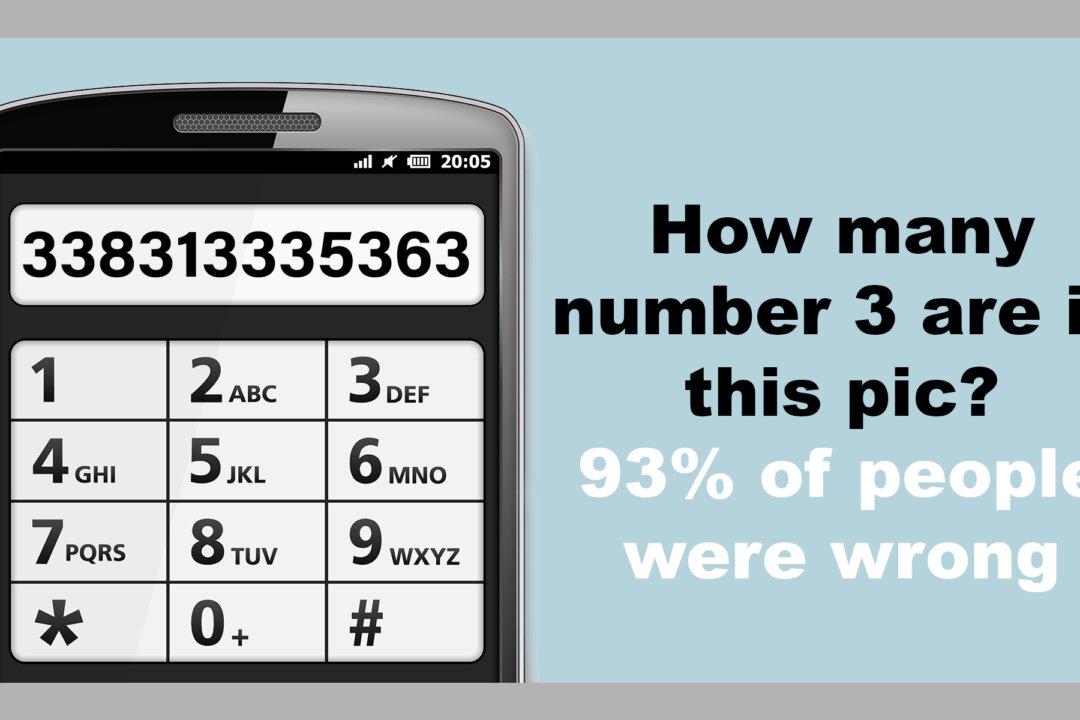In the technological age, distractions are everywhere. For those of us who are used to sitting in front of screens all day, whether for work, study, or leisure, we may find that our minds are prone to wander.
Cultivating the skills to focus on a task and see it through to completion has always been considered a virtue, and whoever said it couldn’t be fun? We have a visual puzzle for you that is perfect for testing not only your observational skills but your problem-solving abilities, too.





